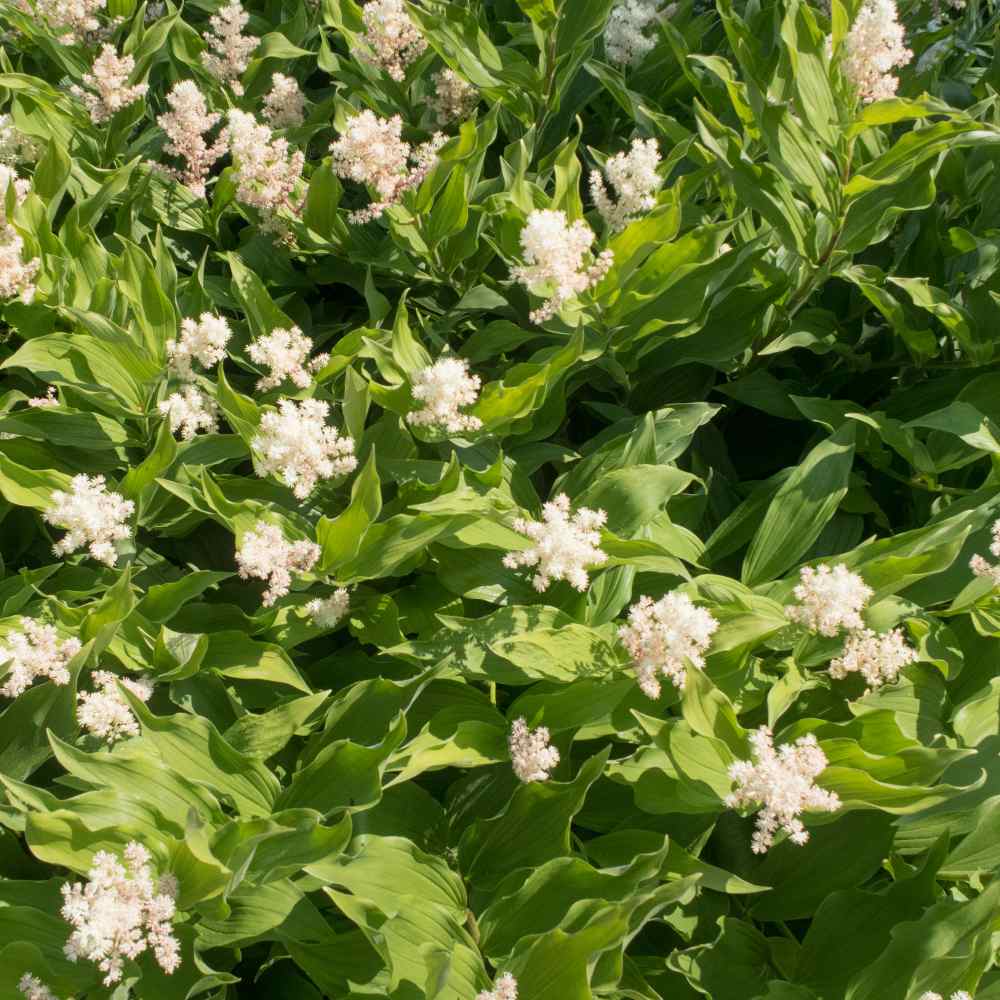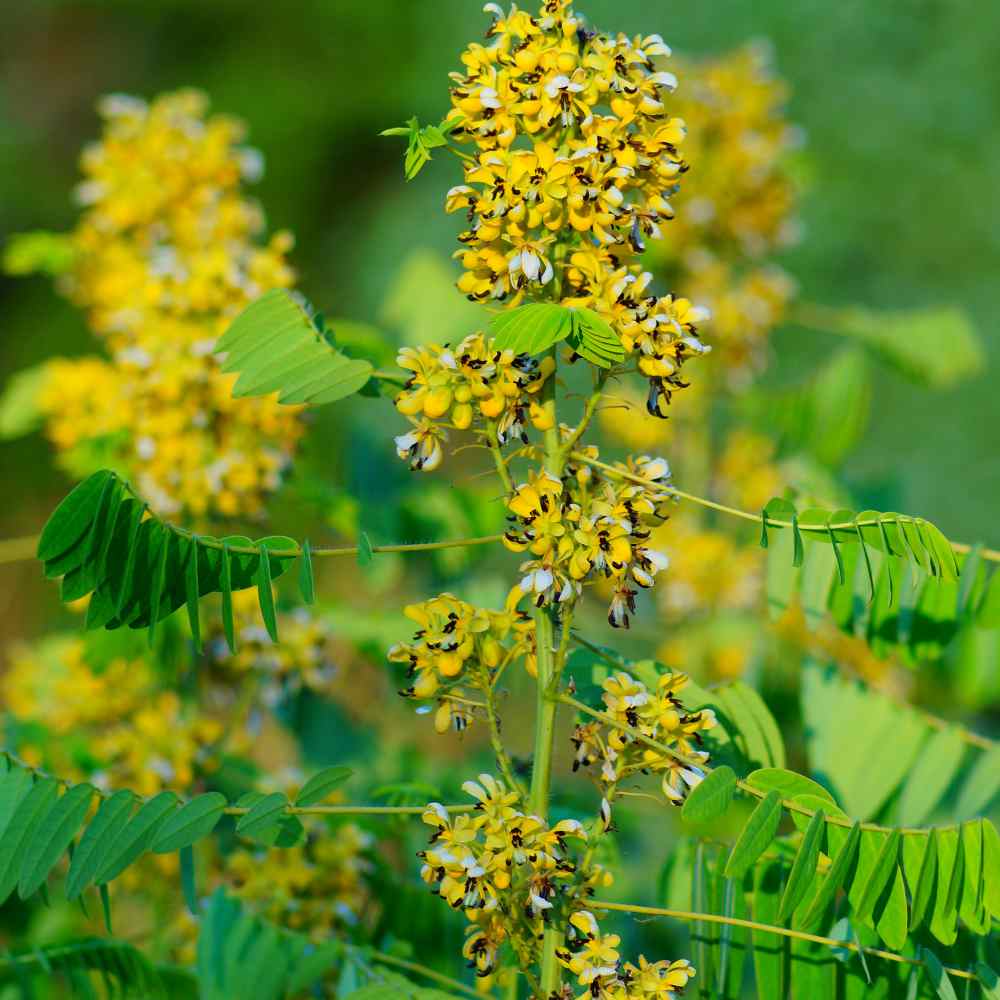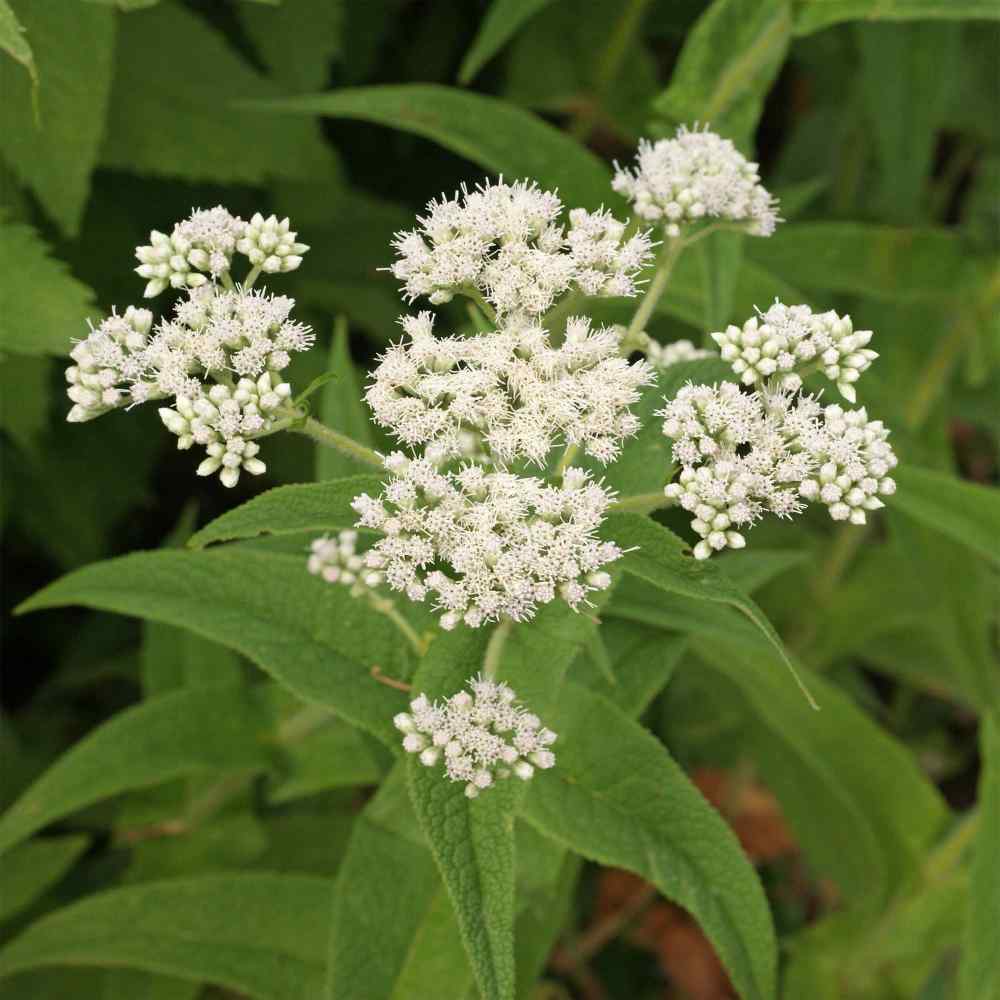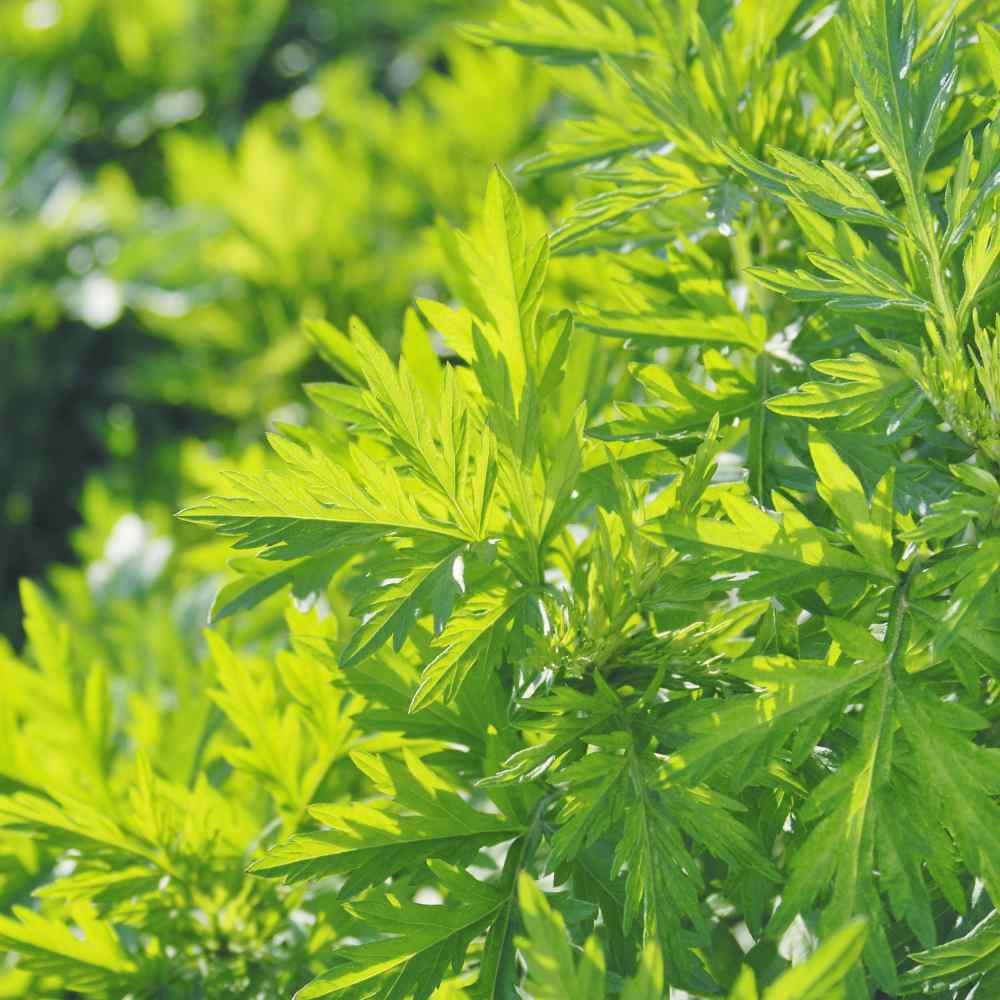
Spikenard Planting Guide
Quick Facts About Spikenard
Spikenard is a lovely perennial herb plant that is easy to grow from seeds. It has attractive foliage and small greenish-white flower clusters that grow in the summer. In the fall it has showy clusters of red to purple berries.
Planting Time
Scarify seeds prior to planting indoors 4 - 6 weeks before the last frost. Or, start directly outdoors in the late fall.

Planting Location
Plant in full sun to partial shade in clay to sandy soil.
How to Plant Spikenard
- You have two options for planting seeds: Sow them directly into the garden, in the late fall, by surface sowing seeds and pressing lightly into the soil. Alternatively, start seeds indoors four to six weeks before the average last frost date in spring.
- Scarify and stratify seeds prior to planting indoors. To do so, first scratch the surface of the seed coat with a file. Light abrasion is all that is needed. Second, place the seed in some moistened peat moss, seal the material in a container and refrigerate for 40 - 60 days. Check periodically to add moisture if needed.
- Plant 4 - 5 seeds per cell or plant.
- Once seedlings sprout, ensure they receive plenty of light by placing them on a sunny windowsill or positioning them 3-4 inches below fluorescent plant lights that are switched on for 16 hours daily and off for 8 hours at night. Adjust the lights as the plants grow taller. Avoid using incandescent bulbs as they generate excessive heat. Remember, most plants need a period of darkness to thrive, so do not keep the lights on for 24 hours.
- Transplant into garden when temperatures are consistently warm.
- Before transplanting seedlings into the garden, it's essential to "harden them off". This involves acclimating young plants to outdoor conditions by placing them in a sheltered outdoor area for about a week. Initially, shield them from strong winds and direct sunlight. If there's a risk of frost overnight, either cover the plants or bring them indoors, then return them outside in the morning. This hardening off method helps strengthen the plant's cell structure, minimizing transplant shock and sun damage.
- Space plants 24 - 36 inches apart in garden.

Care And Maintenance
- Keep weeds under control during the growing season. Weeds compete with plants for water, space and nutrients, so control them by either cultivating often or use a mulch to prevent their seeds from germinating.
- Mulches play a vital role in preserving soil moisture and ensuring consistent soil temperatures. When it comes to annuals, using organic mulch made from shredded leaves not only enhances the appearance of the bed but also enriches the soil as it decomposes over time. Remember to keep mulch away from the plant stems to avoid potential rot issues.
- These shrubs do not like to be moved once they are established, so pick your planting spot wisely. It grows wonderfully when it is the understory of a forested area.




































